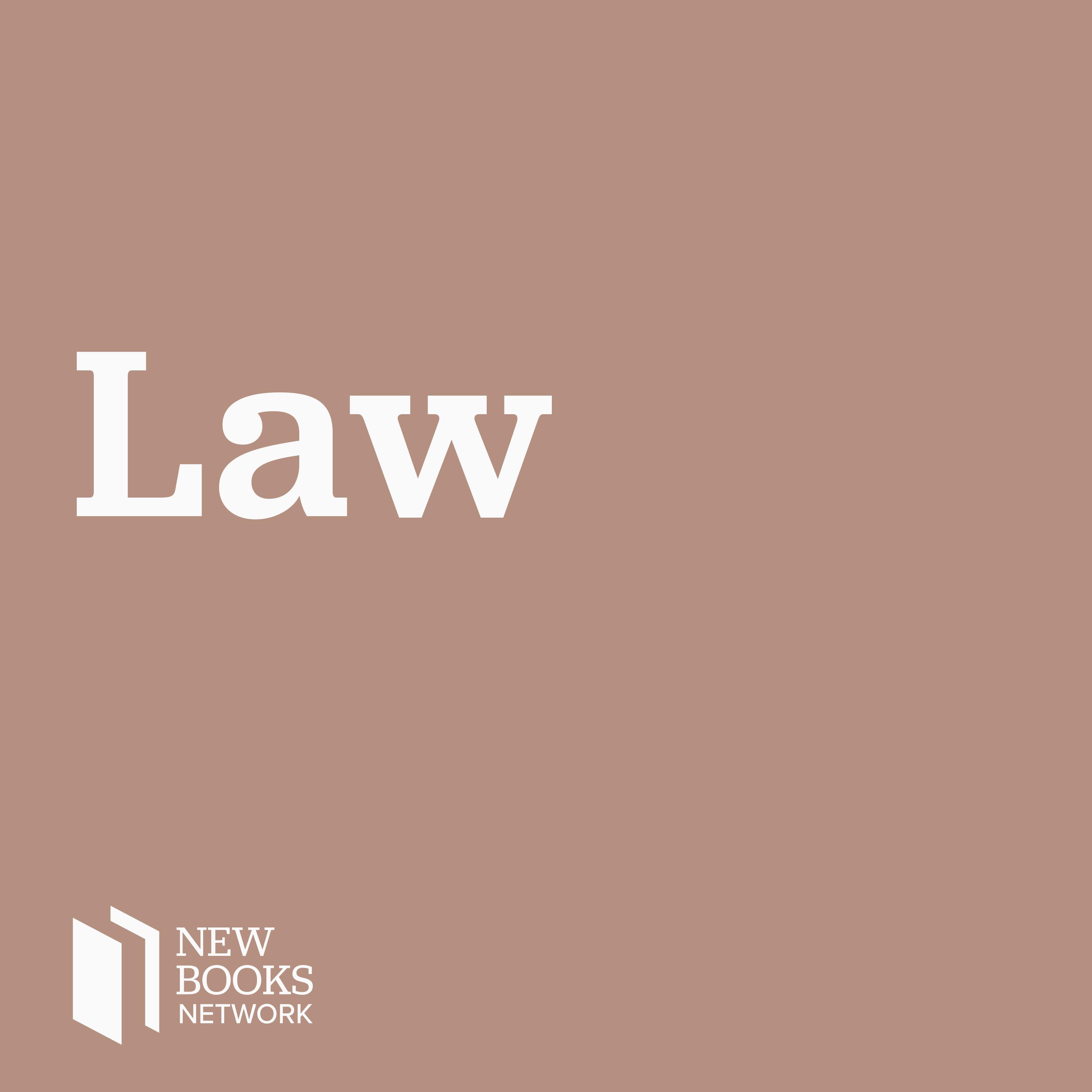Lindsay M. Chervinsky, "The Cabinet: George Washington and the Creation of an American Institution" (Harvard UP, 2020)

In her new book, The Cabinet: George Washington and the Creation of an American Institution\xa0(Harvard University Press, 2020), historian Lindsay M. Chervinsky traces the origins of the President\u2019s cabinet in American government. Chervinsky combines the history of the American Revolution with studies of early American political institutions to illustrate how the cabinet developed. Exploring the cabinet\u2019s inception, Chervinsky argues that traditional narratives about the cabinet don\u2019t tell the whole story and, in fact, that the cabinet itself is a rather under-researched aspect of the American presidency.\nWhile George Washington did build the cabinet and, even more importantly, made use of the\xa0cabinet in developing policy and seeking input and advice, Chervinsky reveals that it was not until well into Washington\u2019s first term that the cabinet really came into full usage, and this was only after Washington had experimented with other options.\xa0The Cabinet: George Washington and the Creation of an American Institution traces how the cabinet evolved in a kind of organic fashion, as Washington needed more input and, in an interesting comparative context, as the Senate provided less engaged advice and consent than had been anticipated at the Constitutional Convention.\nChervinsky highlights how Washington\u2019s inaugural cabinet established and protected executive authority setting a precedent for future cabinets and helping to define the scope of executive power in the new constitutional system.\xa0Chervinsky\u2019s book takes a chronological approach, starting in the revolutionary period and working forward through Washington\u2019s two administrations. She begins by exploring Washington\u2019s military experience, especially his leadership of the military, and explains how this experience informed his decisions around creating and using the cabinet while president.\xa0Chervinsky describes how, during the American Revolution, Washington relied on councils of war to provide advice and help him to make key decisions. He designed the cabinet to advise him in a similar fashion. Chervinsky also discusses the first cabinet secretaries\u2014figures who were themselves quite well known, like Alexander Hamilton, Edmund Randolph, Thomas Jefferson, and Henry Knox\u2014and how their individual experiences shaped the offices they held. The Cabinet notes that the way in which the first ministers debated issues created a model for the president\u2019s cabinet as an enduring institution.\xa0Chervinsky concludes her chronological study looking at how the cabinet became permanent in response to crises including the Neutrality Crisis of 1793, the Whiskey Rebellion of 1794, and Jay Treaties of 1795-1796 (which also involved the development of executive privilege).\nFinally, Chervinsky considers the ramifications of Washington\u2019s creation and use of the cabinet. She explains how the public came to think about Washington\u2019s cabinet and his secretaries, while also comparing Washington\u2019s cabinet practices to more contemporary ones. The Cabinet weaves together a fascinating history of the institution itself while providing an understanding of how it evolved as an institution within the new constitutional system and, in particular, how it operates with the president, carving out a space for a more authoritative executive.\nAdam Liebell-McLean assisted with this podcast.\nLilly J. Goren\xa0is professor of political science at Carroll University in Waukesha, WI. She is co-editor of the award winning book,\xa0Women and the White House: Gender, Popular Culture, and Presidential Politics\xa0(University Press of Kentucky, 2012),\xa0as well as co-editor of\xa0Mad Men and Politics: Nostalgia and the Remaking of Modern America\xa0(Bloomsbury Academic, 2015).\nLearn more about your ad choices. Visit megaphone.fm/adchoices\nSupport our show by becoming a premium member! https://newbooksnetwork.supportingcast.fm/law